Russia-GDP – PET-bottles – rPET 07-11-2022 - Arhive
Russia-GDP – PET-bottles – rPET
Polyester-Filament- Petrochemicals
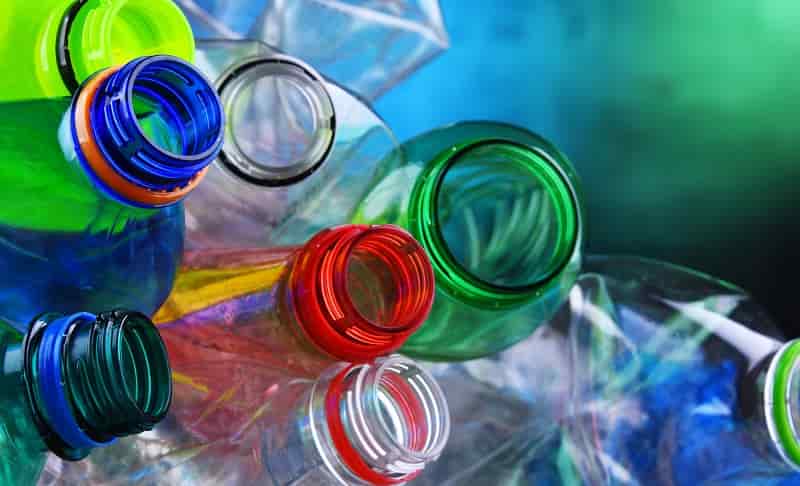
Crude Oil Prices Trend
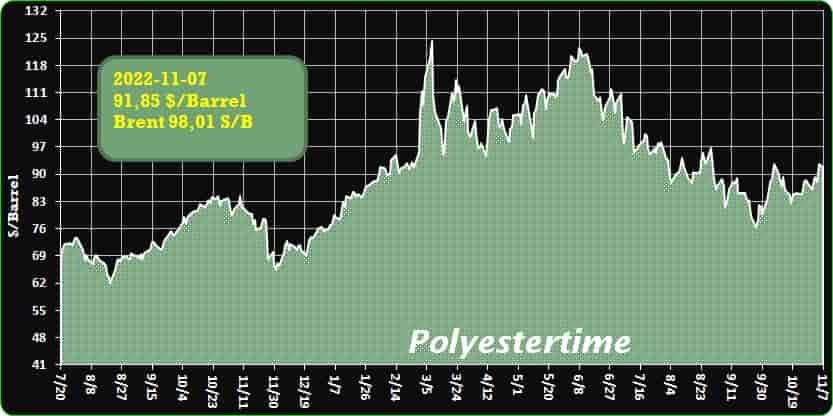
Crude Oil Prices Trend Polyestertime
-Russia’s GDP in September fell by 5%
In September 2022, Russia’s GDP fell by 5% year-on-year after falling by 4.1% in August,Interfaxreported, citing the Russian Ministry of Economic Development.
The fall in Russia’s GDP in September 2022, according to the Ministry of Economic Development, amounted to 5.0% in annual comparison after a decrease of 4.0% in August (the estimate is refined from 4.1%), by 4.3% in July, by 5.0% in June, by 4.5% in May, by 2.7% in April, growth by 1.4% in March, by 4.2% in February and 5.7% in January, according to the ministry’s review “On the current situation in the economy” published on Wednesday.
According to the ministry, the decline in Russia’s GDP in the third quarter of 2022 amounted to 4.4% in annual terms after a decrease of 4.1% in the second quarter and an increase of 3.5% in the first quarter. The ministry of economic development estimated the decline in Russia’s GDP for January-September 2022 at 2.0%. The ministry notes that the dynamics of GDP is close to the forecast trajectory and confirms the forecast of economic decline by the end of 2022 at the level of 2.9%.
“According to preliminary estimates of the Ministry of Economic Development, in September, GDP growth accelerated in monthly terms to 2.1% m/m after plus 1.8% m/m in August. At the same time, against the background of the high base of September last year, the dynamics in annual terms amounted to minus 5.0% yoy, in general for the third quarter – minus 4.4% y / y. GDP dynamics is close to the forecast trajectory and by the end of 2022 will be minus 2.9%,” the review of the Ministry of Economic Development says. As reported, the Ministry of Economic Development predicts a decline in Russia’s GDP in 2022 by 2.9%, a decrease in 2023 by 0.8%, an increase of 2.6% in 2024 and 2025. Russia-GDP – PET-bottles – rPET
The Central Bank’s forecasts for the dynamics of the economy for 2022-2025 are more conservative than the expectations of the Russian government. The Bank of Russia last week improved the forecast for a decline in Russia’s GDP in 2022 to 3-3.5% from 4-6% according to the previous July forecast. At the same time, in the fourth quarter of 2022, the Central Bank expects a decline in the economy by 6.4-7.8% in annual terms.
The central bank left the forecast for a decrease in Russia’s GDP in 2023 unchanged – 1-4%. In 2024-2025, Russia’s GDP, according to the forecast of the Central Bank, will grow by 1.5-2.5% annually. The consensus forecast of analysts polled by Interfax in early October for a decline in GDP in 2022 is 3.8%, in 2023 a decrease of 2.1% is expected.
Earlierit was reported that the decline in industrial production in the Russian Federation in September 2022 increased to 3.1% in annual comparison after a decrease of 0.1% in August, 0.5% in July, 2.4% in June and May, 2.6% in April.
In January-September 2022, the Industry of the Russian Federation grew by 0.4% (due to high growth in the first quarter – by 5.1% in annual terms, in the second quarter the decline was by 2.5%, in the third quarter a decrease of 1.3%).
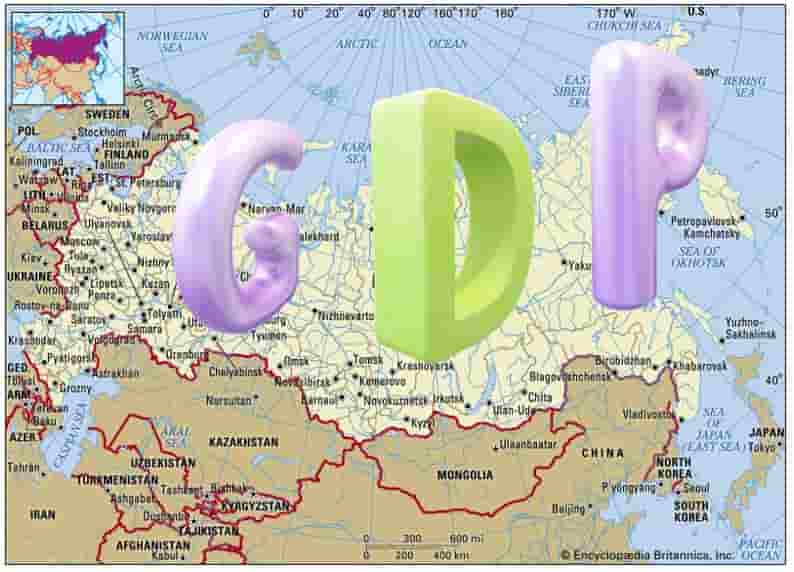
-Ionic+ Botanical extends garment durability
New biobased fabric technology uses citric-based formula.
Noble Biomaterials, the developer of antimicrobial and conductivity solutions for soft surface applications, is introducing Ionic+ Botanical for antimicrobial and anti-odour fabric treatments.
The new product uses a renewable citric-based technology which is pending EPA approval and is applied as a topical fabric finish. Its durability comes from the use of advanced textile technology and it is rated at 50 wash cycles.
“Ionic+ Botanical checks many boxes that biobased technologies on the market struggle to meet,” says Joel Furey, founder and chief commercial officer at Noble Biomaterials. “There is a challenge to meet EPA guidance and maintain durable performance. We have made a clear distinction here in developing the best botanical product on the market to build on the strength of our exisiting technology.”
Noble’s existing antimicrobial fabric technology uses positively charged silver ions to inhibit the growth of bacteria on soft surfaces. The silver metalized-yarn and silver-based extruded-yarn lead the antimicrobial fabric category with permanent technology that never washes out. The genesis of Noble’s Ionic+ antimicrobial technology started 25 years ago with the development of X-Static yarns. Russia-GDP – PET-bottles – rPET
“We work with our customers to customise their approach to building sustainable fabrics,” said Furey. “Our permanent mineral technology is used on products designed for a long life cycle and extended life for re-commerce and technical performance. Our durable biobased technology can be applied on products that strive to reduce care maintenance and conserve water and energy resources.”
Prior to the pandemic, Noble saw increasing demand for Ionic+ and antimicrobial fabrics in active wear and health care. Today, the products are to be found in several categories, including the travel and leisure market, luggage, home bedding and towels and sport accessories. Noble is developing Ionic+ Botanical with select material development partners, including Salomon, Crystal Denim, and home textiles leader Trident.
“As one of the largest home fashion manufacturers world-wide, the Trident Group is consistently on the forefront of innovation and the application of advanced technologies,” said Jeffery Kambak CEO of US Operations at Trident Group. “Our partnership with Noble in developing new products with Ionic+ is key to our leadership position.”
“Our collaboration with Noble on Ionic+ allows Salomon products to be worn longer between washes, reducing the impact on water usage,” added Tim Maud, innovation lab director at Salomon. “Using Noble’s biobased, anti-odour treatment ensures our impact on the environment is reduced and our product life cycle is increased.”
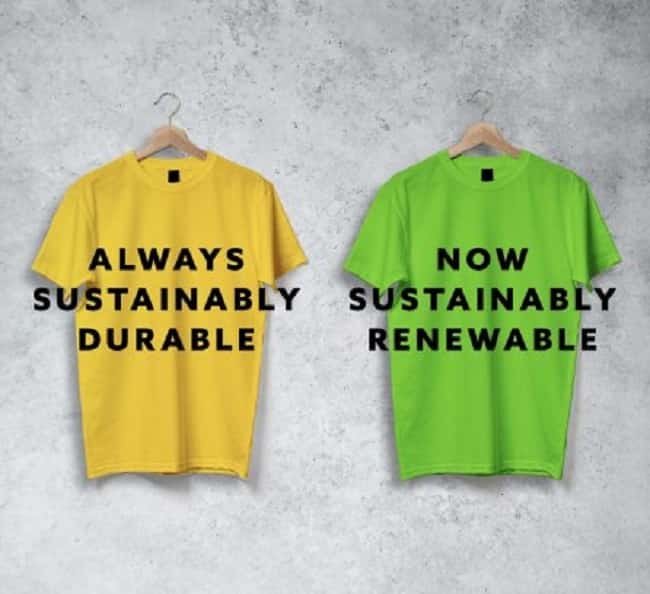
-Koksan launches a new PET resin plant
Koksan Pet ve Plastik AS is proud to announce that it has successfully commissioned its new PET resin plant with an additional capacity of 216,000 Mton / year under UHIF license (Uhde – Inventa Fischer) with production of MTR (Melt-to- Resin) starting November 1, 2022.
The production site, located in the Gaziantep company’s HQ in Turkey, is also located in the company’s first plant in operation since 2013 and has the same production capacity of 216,000 tons / year. The new plant will be able to produce not only PET bottle resin, but also textile and film quality polyester resins.
With this capacity increase, Köksan will reach an annual capacity of 432,000 tons, making it Turkey’s largest PET bottle resin producer and Europe’s second largest under one roof. With this volume of Bottle Grade Pet Resin production, Turkey will be the country with the largest production capacity in Europe. Russia-GDP – PET-bottles – rPET
According to company sources, KOKSAN aims to meet Turkey’s needs through domestic consumption (which helps decrease imports) and export remaining volumes, particularly to markets in Europe, North Africa and the United States.
Along with the production of Bottle Grade Pet Resin, Koksan continues to be successful
Production of Pet preforms in two locations, PE closures, Pet sheets and PE stretch films with about 1500 employees.
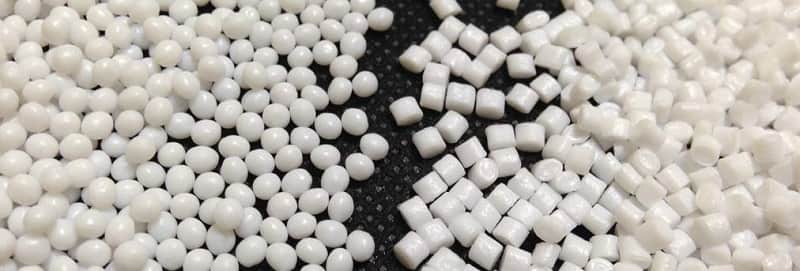
-Too much room for reuse in the new Packaging Directive?
Beverage producers in Europe and Confindustria in Italy sound the alarm. At risk would be the plastics recycling chain and PNRR funds for the circular economy.
In Italy, Confindustria was the first to move in the field of communication, but in Europe the associations representing the producers of beverages and mineral waters are already on a war footing. The objectives on the reuse of packaging – and in particular of plastic bottles – contained in the proposal to amend the EU Directive on packaging and packaging waste that the Commission will present by the end of the month and of which a first draft is circulating ( read article).
In article 27 (Re-use and refill targets), in fact, mandatory reuse targets are set, in 2030 and 2040, for a series of packaging such as multiples and for transport (secondary and tertiary), take-away containers for food and hot and cold drinks, bottles containing alcoholic beverages other than wine and spirits and bottles containing water, juices or soft drinks. For these last two categories of packaging, namely bottles, the proposed directive requires beverage manufacturers to use 20% of reusable containers starting from 1 January 2030 to reach 75% in 2040. Russia-GDP – PET-bottles – rPET
This article of the Directive has raised alarm among beverage producers: four European industry associations – AIJN – European Fruit Juice Association (fruit juices), The Brewers of Europe (brewers), Natural Mineral Waters Europe (mineral waters), Unesda Soft Drinks Europe (soft drinks) – issued a note in which they define the objectives on the reuse of bottles as “high, disproportionate and unjustified”, with a strong impact on the sector, to the point of undermining the very survival of SMEs; impact that would also extend to the recycling sector, with the dismantling of existing collection, sorting and recovery systems. The four associations also point out the too high cost that this decision would entail for the entire industry. Russia-GDP – PET-bottles – rPET
“Although our sectors already use reusable packaging as part of the mix and are committed to increasing its offer, with the implementation of appropriate policy measures, the reuse targets currently formulated are unrealistic and inconsistent – the note reads -. account of the enormous efforts and investments that companies in the sector are making to achieve the circularity of packaging through greater recyclability and collection, in addition to the increasing use of recycled content. More seriously, there is no environmental impact assessment that certifies how these objectives could improve the protection of the environment “.
“In recent years, our sectors have worked tirelessly to achieve 100% recyclable packaging and achieve ever greater levels of recycled content and we have promoted measures to increase recycling rates – underline the four associations -. Reusable packaging is not de facto the only sustainable option, as the European Commission is now suggesting. It is part of the circularity solution, complementary to recycling and reducing packaging “.
“Our sector is already achieving high collection rates for recycling and is moving towards full circularity – says Patricia Fosselard, Secretary General of Natural Mineral Waters Europe -. The introduction of unrealistically high reuse rates will significantly undermine this progress and put the sector at risk, while the environmental benefit of this policy measure has yet to be demonstrated. ”
In Italy, the baton was picked up by Confindustria. Stefan Pan (in the photo), delegate for Europe of the industrial association, raised the alarm from the columns of the main national economic newspaper, asking the Commission to postpone the presentation of the proposal to amend the Directive “in order to have the time to understand the devastating impact on various Italian and European supply chains and on a system of excellence such as the recycling industry. “Confindustria – explained Pan – is working both at a political level, with the new Italian government, and with the other industrial associations of the EU: “We are preparing a proposal to be shared with the German and French Confindustria – he declared -. The new regulation affects us most of all because we are top of the class. But it also has repercussions in Germany, Austria, France, Spain and Poland: we dialogue with the industrial associations of these countries because it is important to move together. We also want to involve the trade unions, and obviously the governments, because it is an issue that affects everyone. We will try to get our requests to all institutions Russia-GDP – PET-bottles – rPET
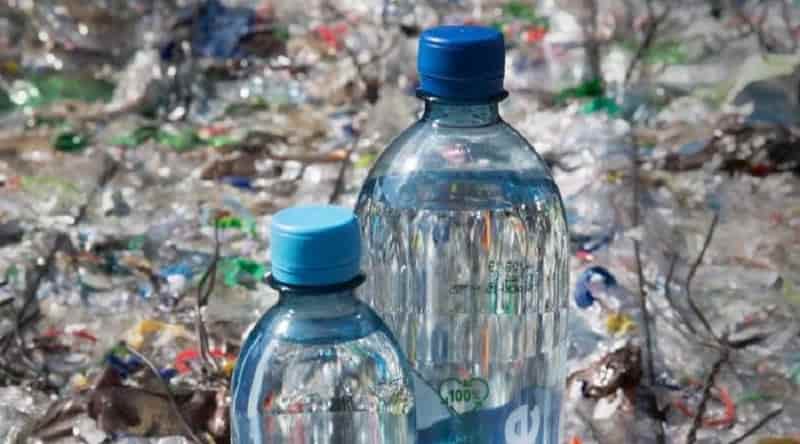
-Can the PET resin market stabilize with a daily turnover exceeding 90kt?
After two months of continued obscurity, the PET bottle chip market finally got off to a good start in early November, with daily sales of over 90,000 tons on November 1st, bringing some confidence to the gloomy market. So will the PET bottle chip market stabilize? At the moment, market participants still maintain a cautious and wait-and-see attitude for the future, but there is still a lot of speculative demand seen from the turnover.
From a historical trend perspective, there are only two conditions for the market price of PET bottle chips to stabilize: one is that the cost stabilizes or rises and the other is the significant rebound in demand. Russia-GDP – PET-bottles – rPET
Cost
On the cost side, the rise in polyester commodity futures is mainly driven by the easing of the macro mindset, especially the initial discussion of epidemic prevention and control triggered a rebound in commodities and equity markets. However, given the two main raw material products, PTA and MEG, in the short term, in addition to the maintenance plan of the PTA plant and the new production capacity plan of the MEG, there is no obvious change in the fundamentals, and c ‘there is a lack of an obvious upward or downward push in one’s market for the moment and there is a high probability of stabilization and fluctuation within the low range.
Request
In terms of demand, it can be divided into two parts: Chinese domestic demand and foreign demand. Since 2018, the market for PET bottle chips has increased and the main driver comes from the sharp increase in export orders. However, at the moment, the export market is mild. While delivery volume can be substantially guaranteed at 300,000 tons or more, new orders since the third quarter are substantially below the same level as last year, with limited market support and even a brake on the Chinese domestic market mentality. Regarding domestic sales in China, although November-December orders seem mediocre overall, the volume of purchases for 2023 goods continues to grow. According to CCFGroup statistics, from October to early November, the procurement volume of China’s large domestic downstream factories reached around 440,000 tons, most of which are Q1 2023 orders. In general, as the price continues to touch new lows, enthusiasm for purchases from downstream factories also increases. The purchase price also drops from 7,300 yuan / ton to around 6,450 yuan / ton EXW. So, from this point of view, recently, the increased interest in purchasing domestic futures is one of the main reasons for the decline in the PET bottle chip market.
Plant maintenance
In addition, from November to December, the PET bottle market will usher in the last turnaround season in 2022, including the 500 kt / year Yisheng Hainan PET bottle chip unit, the 600 kt / year China unit. Resources (Zhuhai), the Far Eastern 550 kt / year unit, Sinopec Yizheng 150 kt / year unit and 250 kt / year Dragon Special Resin unit, totaling 2.05 million tons. Due to the staggered partial maintenance time, the maximum impact on operating speed is expected to be approximately 14 percentage points. In terms of new start-ups, Sichuan Hanjiang New Material 500kt / year’s new PET bottle chip unit is expected to go into production in November, but final delivery of higher quality products to the market is expected to take place within the end of November or the beginning of December, which for the moment will not have a significant impact on the market.
Overall, in the short term, due to stabilization of polyester raw material costs and plant maintenance plans, the market for PET bottle chips could bottom out. However, as major downstream producers continue to purchase large quantities of forward commodities, some bottle chip plants may transact at discounts in order to maintain market share.
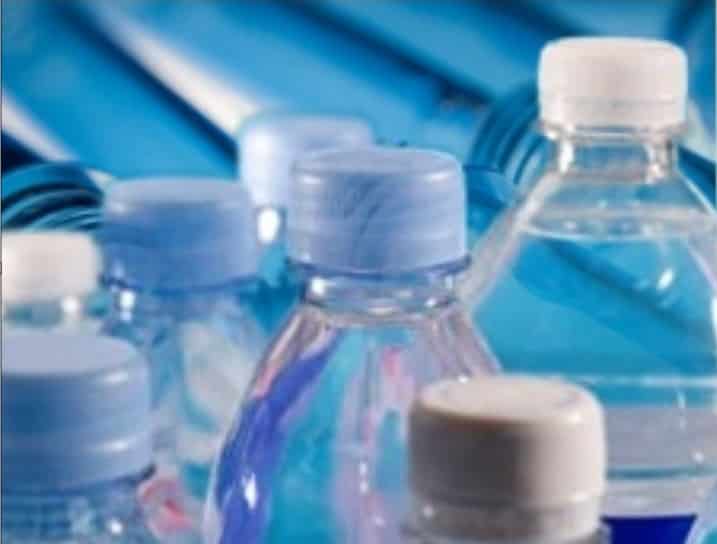
-Amcor technology: cut of over half the material and weight of PET bottles
Amcor Rigid Packaging has unveiled a two-step light-weighting technology set to remove over 50% of the material and weight in the finish of PET bottles – a development thought to produce attractive packaging, lower manufacturing costs, and reduce carbon emissions.
Originally developed for the spirits industry, the company claims that its new Quantum technology allows for the utilisation of 100% recycled material and produces fully recyclable packaging applicable to healthcare, home and personal care, and food and dairy applications, amongst others.
Reportedly, it utilises PET due to its ‘infinite’ recyclability and low carbon footprint, with a previous life cycle analysis conducted by Amcor asserting that the production of PET bottles results in 70% fewer greenhouse gas emissions than other packaging materials.
“Our customers and consumers alike are looking for ways to support the circular economy and eliminate waste, and our engineers have developed a new technology that meets their needs and advances more sustainable packaging,” said Terry Patcheak, vice president of R&D, Sustainability and Project Management at ARP. “We’re helping our customers support source reduction, reduce material use and reduce weight, which means a lighter and more sustainable package.” Russia-GDP – PET-bottles – rPET
Previously, an LCA conducted on Avantium’s plant-based PEF in 250ml and 500ml bottles by the Nova Institute suggested that the material’s mechanical properties enable light-weighting that would reduce pressure on abiotic resources by 47%.
Stephane Triquet, vice president of strategic marketing at Selig, also told us that the light-weighting of glass packaging for non-sparkling wines has grown in popularity, with retailers seeking to reduce the reported 50% of carbon emissions caused by a glass bottle during the production of wine.
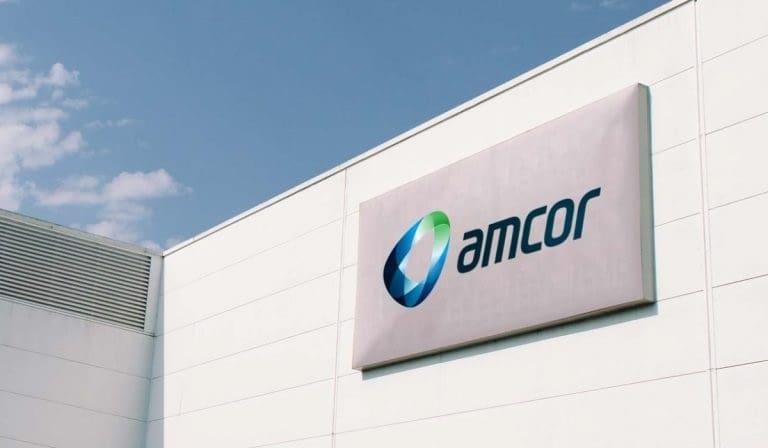
-Enel, a rock-based energy storage system in Tuscany
The Enel Group and Brenmiller Energy inaugurated an innovative sustainable energy storage plant this morning in Tuscany, in Santa Barbara in the municipality of Cavriglia (Ar). Present were the president of the Tuscany Region Eugenio Giani, the mayor of Cavriglia Leonardo Degl’Innocenti o Sanni, the designated ambassador of Israel in Italy Alon Bar, the director of Enel Green Power and Thermal Generation of Enel Salvatore Bernabei, the director of Innovability of Enel Ernesto Ciorra and the president and CEO of Brenmiller Energy Avi Brenmiller.
the goal of the TES (Thermal Energy Storage) project was to obstruct at the Italian site of Santa Barbara an innovative thermal storage system, completely sustainable and capable of accelerating the energy transition. “The integration of the TES with the existing plant has allowed Enel and Brenmiller to validate the technology in the field, in challenging operating conditions and on a large scale”, reads a note.
The system allows a reduction in plant start-up times and a greater speed in load variations, performance characteristics necessary to allow a growing penetration of renewables. The system can be used to store excess energy produced from renewable sources in the form of heat to offer decarbonization services to industrial customers and to integrate long-term storage solutions with renewable plants. Russia-GDP – PET-bottles – rPET
Brenmiller Energy developed the technology in Israel and supplied the storage system; Enel integrated the system with the Santa Barbara plant and helped validate its performance in a real environment. TES technology uses a two-step charge and discharge process to deliver thermal energy. In the charging phase, the steam generated by the Santa Barbara plant passes through pipes to heat adjacent fragmented rocks; in the discharge phase, the accumulated heat is released to heat the water under pressure and generate steam to produce electricity. The TES system, the first of its kind, has the ability to store up to about 24 MWh of clean heat at a temperature of about 550 ° C for 5 hours, ensuring significant resilience to the system.
“Flexibility and adequacy are two fundamental components of an efficient and reliable electrical system, which can be supplied more and more efficiently by accumulations – says Salvatore Bernabei, Enel Green Power and Thermal Generation Director of Enel -. This experimentation allows us to validate a family of innovative and sustainable technologies in the segment of long-term storage, which will allow an ever greater integration of renewables into the grid “.
“This solution makes it possible to make renewables more reliable, flexible and resilient and can be used to decarbonise sectors that need heat at high temperatures – explains Ernesto Ciorra, Director of Innovability at Enel -. Furthermore, it does not involve any use of rare materials and can be made using stones available in every part of the planet, so it is scalable in a sustainable way everywhere. We thank the colleagues of the Tel Aviv hub for having found it and the Italian colleagues for having created it, also thanks to the financial support deriving from the collaboration between the Italian and Israeli governments “.
“Our TES system at the Enel plant in Santa Barbara, Tuscany, is the first of its kind with utility-scale thermal energy storage and offers commercial and industrial users a viable path towards decarbonisation – underlines Avi Brenmiller, president and CEO of Brenmiller Energy -. The TES also makes it possible to integrate additional renewable sources into the grid with greater reliability. We believe that the success of this project reflects the type of innovative collaborations necessary for the transition of the global economy from a context of strong, albeit decreasing, dependence on fossil fuels, towards the creation of networks on which 100% clean energy travels. , flexible and convenient “.
“This inauguration – said Eugenio Giani, president of the Tuscany Region – confirms that the Tuscan territory plays a central role in energy, both for production and for innovation. Welcoming sustainability today means doing good for the environment, attracting investments and creating value, which is why we are particularly happy with Enel’s choice to test here in Santa Barbara, which has always been a land of work and ingenuity, new technologies that can be applied on a scale. world. Tuscany is already one of the most virtuous Italian regions with over 50% of self-produced energy from renewable sources and an important research and innovation fabric, today we are taking a new step into the future with the hope
About Thermal Energy Storage (TES)
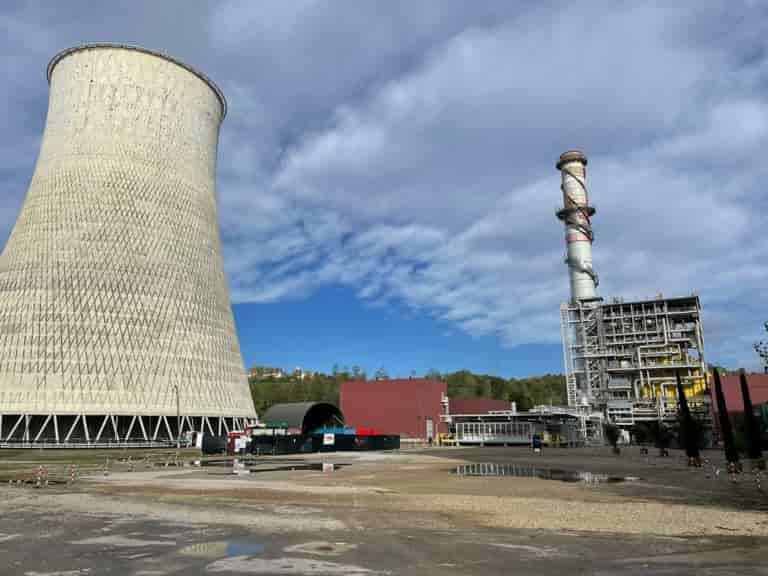
Russia-GDP – PET-bottles – rPET
